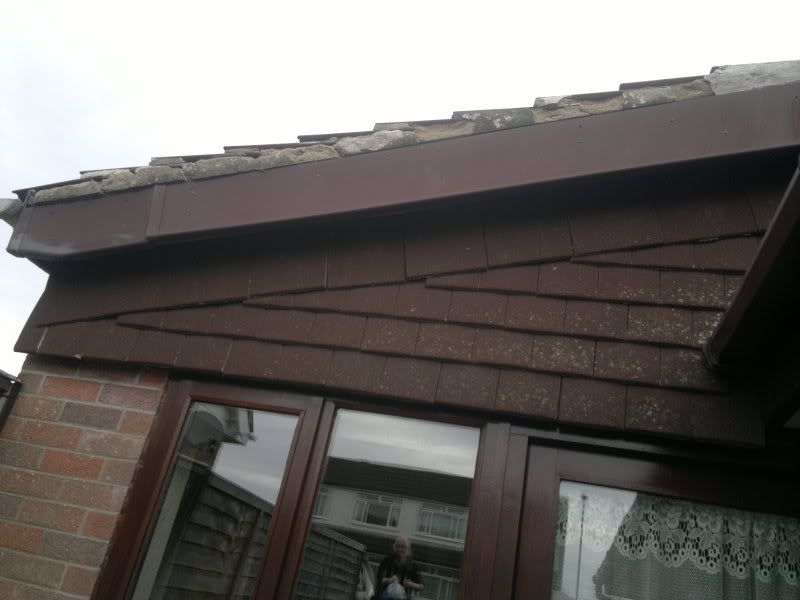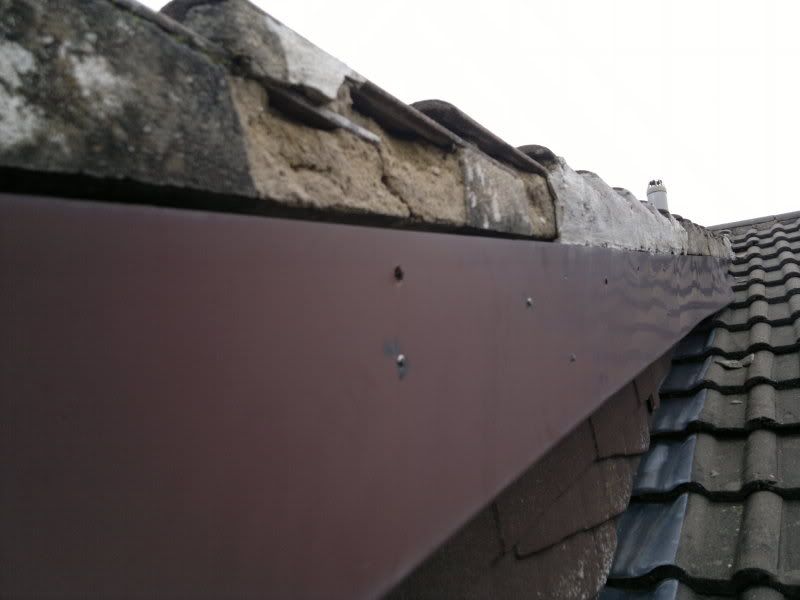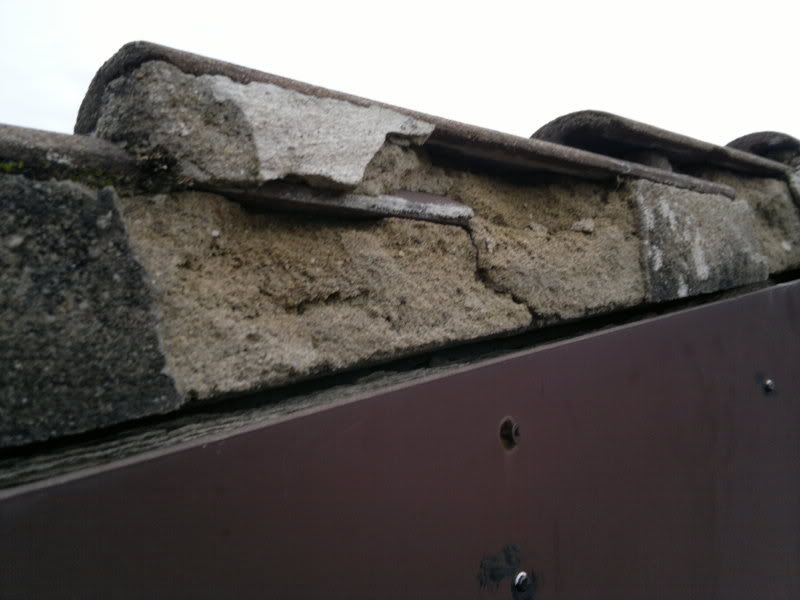The cement that is on the edge of the roof below the tiles is crumbling away so I am putting fresh cement over the old. Whats the best easiest way to do it please ?
I have PVA so can use that for bonding if needed. How long should I wait after PVA is applied or can I put the fresh cement straight onto wet PVA ? Do I need to dilute the PVA ?
I have bought quick setting waterproof cement (Quickset probably not the best idea in hindsight so will have to mix it in smaller amounts)
Sorry for so many questions
All answers on a postcard lol
Any help appreciated
Thanks
I have PVA so can use that for bonding if needed. How long should I wait after PVA is applied or can I put the fresh cement straight onto wet PVA ? Do I need to dilute the PVA ?
I have bought quick setting waterproof cement (Quickset probably not the best idea in hindsight so will have to mix it in smaller amounts)
Sorry for so many questions

All answers on a postcard lol
Any help appreciated
Thanks









Comment